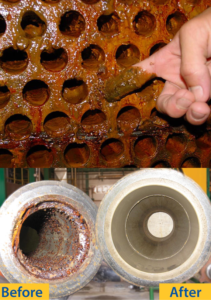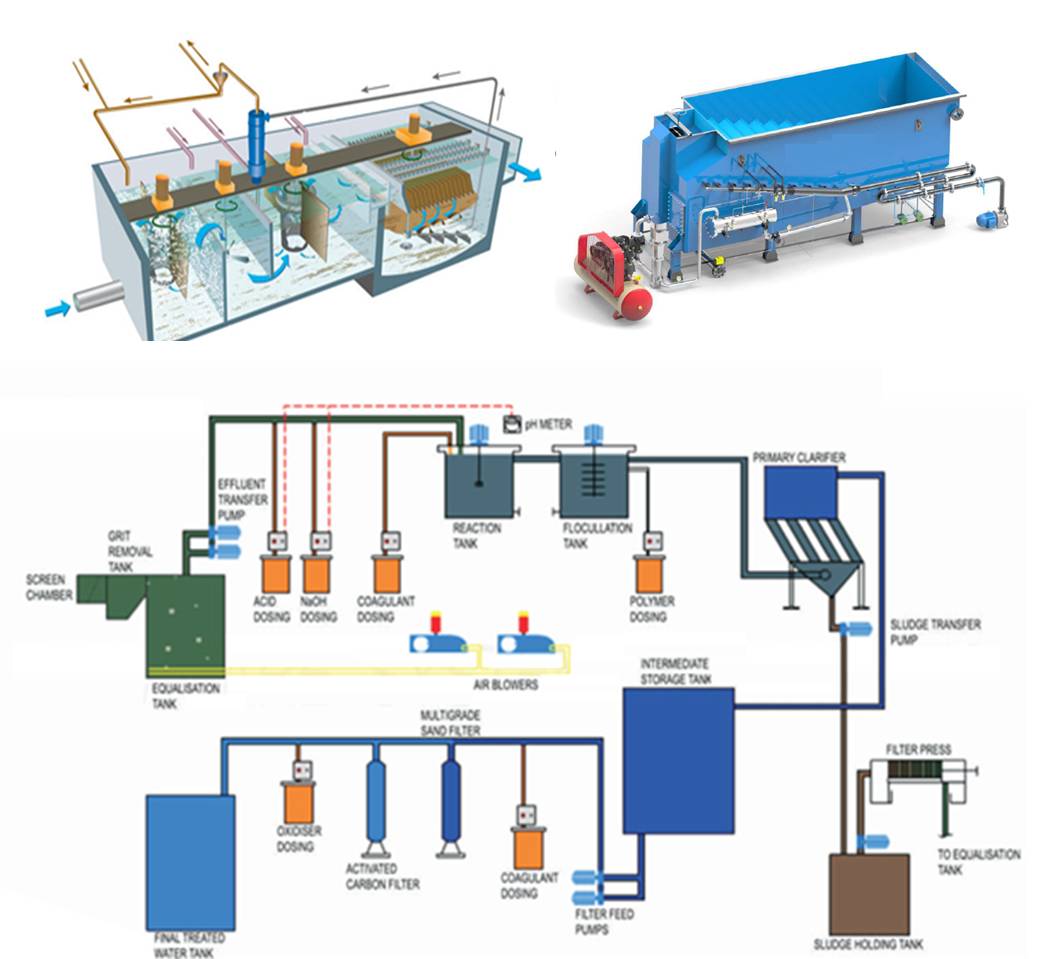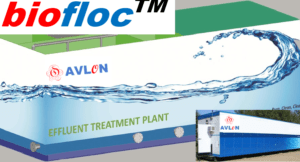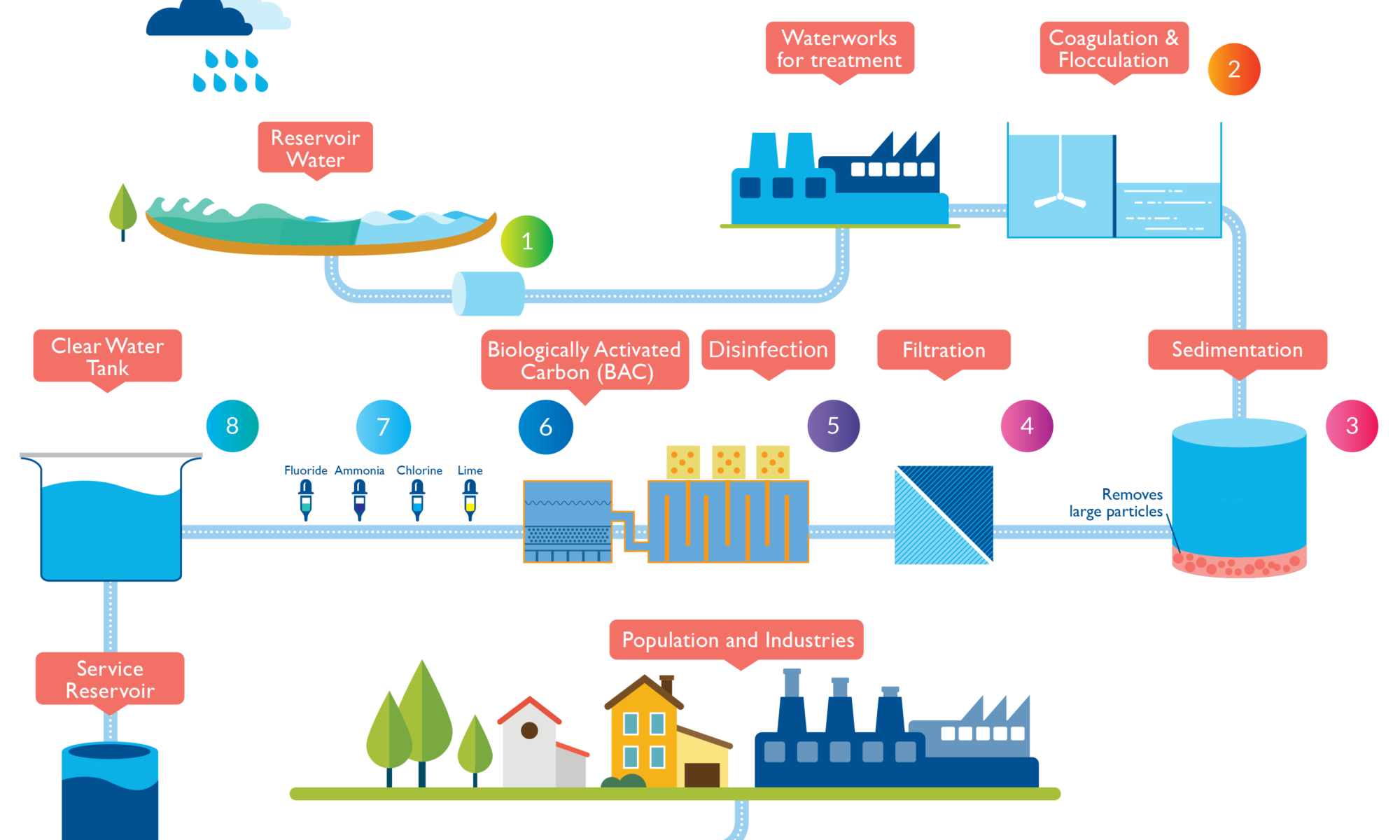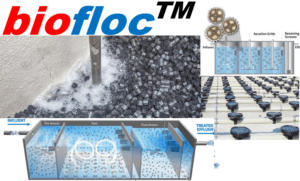Customer Experience:
Whether it’s a concise one-page college essay or an elaborate citation-heavy assignment, the writers are equipped to tackle them all. With academic credentials ranging from doctorates to master’s degrees in diverse fields, they cover over 40 subjects, catering to professionals and students alike. Proficient in formatting styles such as MLA and APA, PapersOwl experts guarantee adherence to academic standards. As a custom writing service, PapersOwl prioritizes English proficiency and versatility in topic coverage among its experienced writers, that’s why they are all native English speakers. At Academic Essay Experts, our goal is to empower students to excel in their academic pursuits.That’s why PapersOwl is dedicated to eliminating academic pressure by providing expert help when needed. Our professional paper writing service never encourages you to misuse our assistance and always asks you to consult it as a helping tool when working on your papers. You may wonder why you should turn to us for customized help, though. So, instead of using the received paper as your own writing, let’s see how you benefit from our assistance.
What are your approximate essay writing prices?
With their affordable prices, transparent pricing, and value-oriented approach, they’re dedicated to helping students achieve their academic goals without breaking the bank. Our service prioritizes the security and confidentiality of every customer and their order details. With custom essays guaranteed to be plagiarism-free, you can confidently advance in your college journey. Our platform operates as a fully legal custom writing service, helping you tackle academic challenges while respecting university guidelines.
Coursework Writing Services
Each paper is written from scratch, and we check for plagiarism to make sure your work is unique and meets the highest standards. To ensure a smooth revision process, it’s best to provide detailed instructions from the start. Clear communication with your writer will minimize the need for multiple revisions.
Editing and Proofreading
Turn to our essay writer service if you are assigned to write philosophical essays, analyze texts, or develop critical arguments, and we will help you handle these tasks with ease. We can provide guidance in constructing coherent arguments in abstracts, theoretical topics, etc. Beyond just taking advantage of our essay writing help, you can use our 24/7 support to ask for resources, writing tips, or strategies for academic success.
How to get essay writing help from Oz experts?
Take a look and get to know how you can benefit from our cooperation as well as confirming that being an online helper does not mean being less reliable or helpful. We uphold academic integrity by ensuring tutors receive original papers that meet all requirements. Let’s maintain this standard until you graduate from college. The fewer people who know about custom papers, the smoother the process for everyone involved.It’s your right as a customer to get your work to the result you want. So, don’t forget to look through the website’s revision policies or inquire in the support chat regarding the specifics. Prices can vary, as well as your budget, but getting a few % off your order will always be a huge plus when it comes to assignment help websites.A list of available specialists will be provided so you can choose who to work with. PaperWriter is known for its efficient service and user-friendly platform. It’s a great choice for students who need well-researched papers quickly without sacrificing quality.The companies mentioned in our review have all been operating legally for years. They have a lot of loyal customers and employ hundreds of professional academic writers who in parallel are highly active in their educational institutions. Hence, you can say, one can use custom essay writing services without any fear of being accused of doing something wrong. So why waste your time on difficult assignments when you can easily hire a professional to handle your custom writing service?
- It is used by hundreds of students daily who seek timely help and guidance with their academic struggles.
- With so many options available, it’s natural to question why you should trust us to handle your academic assignments.
- Have a question or need assistance placing your ‘write my essay’ order?
- Our team of expert essay writers is dedicated to providing top-notch essays tailored to your needs.
Our professionals can offer language analysis, phonetics, syntactic theory, etc. Place your request, and we will effectively apply theoretical frameworks to real-world language data for you. Here are the features that help us stand out from the crowd in the college writing market.When you place your order well ahead of your due date, you gain the benefit of lower prices because longer deadlines for custom writings always cost a bit less. This gives our writers enough time to complete your paper without compromising quality and you the opportunity to revise the draft you get from us. Don’t hesitate to take advantage of such a great way to save money while still receiving excellent work.A strict screening policy means any writer who works with us must show proof of their degree https://followingbook.com/post/411129_how-does-alliteration-make-a-speech-more-effective-and-memorable.html#google_vignette and trustworthy work samples. Before starting to work, each customer discusses pricing with the authors. While working, you can get in touch with your writer and keep track of the order’s progress. In addition, the website offers safe and authorized payment options. PapersOwl’s essay writers are confirmed native English speakers from around the world with years of writing experience. They all have academic background with a Master’s or Ph.D., and have studied at various universities.Our commitment to originality is the backbone of our professional essay writing company, and we always go the extra mile to meet the highest academic standards. By choosing CustomWritings, you can be confident that your work is not only professionally written but also free from any form of plagiarism because we care about your academic success. Leave your ‘write my essay’ request on our website and provide the assignment’s instructions, academic level, deadline, and any specific requirements to ensure a tailored, high-quality paper. Our essay writing service online operates round-the-clock, providing constant support and the ability to meet urgent essay writing deadlines anytime.Our research writers have years of writing experience and are able to help you every step of the way. Basically, all the key information is available on the front page and orders can be conveniently placed without ever leaving it. Evaluate your order midway through the process to verify that your writer is following all requirements and is on track to meet the deadline.





